Rose lavender dry martini uses a cold infused homemade gin featuring a blend of botanicals including juniper, coriander, rose, lavender and orange peel for a fresh and floral dry gin that works wonderfully with Dry Vermouth, orange bitters and a blood orange twist. The cold infusion gin is easy to make, taking three days to cold infuse and using a range of botanicals – I have chosen to emphasise the floral flavour of the gin with rose and lavender – but opted for a dryer style – without sweetener. This cold infusion of botanicals is not strictly speaking a true gin as the botanicals are not infused using a heated distillation process, but rather a cold infusion process. The resulting rose lavender gin infusion has the flavour profile of gin due to the selection of botanicals used – importantly juniper berries – and it’s a great way to learn about what goes into your gin. You may notice the colour of the infusion is a rich golden – unlike distilled gin where the colour is removed during the distillation process. The rose lavender dry martini is a wonderful way to showcase this homemade rose and lavender cold infusion gin with a Dry Vermouth, orange bitters and a blood orange twist.
What is gin?
Gin is flavoured vodka that includes juniper berries as part of the flavour profile along with other botanicals, originally created as a medieval medicinal cure all potion, featuring a heat based distillation process (Cocktail Codex (Day, Fauchauld & Kaplan 2018: 65); Fine Drinks Movement Kickstart Gin Education – free online gin education which I highly recommend if you are interested to know more about the history and styles of gin – available once you register with FDM). There are many variations on the basic gin juniper spirit infusion which have evolved over time and can be grouped in different ways to make sense of their flavour profiles. One recent development is a shift away from an emphasis on a core juniper flavour balanced with other botanicals as in the London Dry style to an emphasis on the diverse accents of other botanicals which are referred to as New World, Contemporary or Craft Gins (see Day, Fauchauld & Kaplan 2018: 65; Fine Drinks Movement Kickstart Gin Education). Another important flavour profile is the older 1800’s Old Tom style – a sweeter and earlier version of London Dry (Fine Drinks Movement Kickstart Gin Education). In the Cocktail Codex, Day, Fauchauld and Kaplan (2018: 66) write that:
“…beyond the aromas and flavours of the individual botanicals, a successful combination can create a unique and unexpected flavour profile.”
Juniper – Gin is flavoured vodka made from various bases such as wheat, barley, potato, cereal grain, grapes, and which uses Juniper berries as a key ingredient for flavour. For it to be considered gin – juniper must be present – but other botanicals and sweeteners play an important role in creating gin flavour profiles. In The Flavour Thesaurus Niki Segnit (2010: 1647) has a lovely description of the freshness of juniper as a flavour she writes:
“Juniper has a hint of that evergreen aroma, oily but fresh, that clears your sinuses when walking through coniferous forests. The juniper berry is, in fact, the only edible spice from a conifer.”
What is a Dry Martini?
David Wondrich in Imbibe explains how Dry Martini recipes date from the 1890’s and call for equal parts of dry style of unsweetened gin such as London Dry or Plymouth, without additional sugar syrup, paired with a French Vermouth, orange bitters and diluted by stirring (or shaking) with ice, strained and poured into a cocktail glass, garnished with a citrus twist (Wondrich 2015: 265-6). The Dry Martini has a rounded fresh luscious citrus profile especially when served ‘wet’, that is with a generous amount of French vermouth. The Dry Martini is a great way to explore the flavour profile of a gin such as the homemade cold infused rose lavender gin I provide the recipe for below along with how to use it in a rose lavender dry martini.
Evolution of the martini recipe: from sweet to dry
Wondrich (2015:260-264) provides a detailed history of the evolution of the martini recipe and explains that prior to the Dry Martini of the 1890’s – martini cocktails were sweet – using sweetened Old Tom style gin and sweet Italian vermouth, bitters and in some instances sugar syrup and curacao, maraschino or absinthe. For an example of a sweet style ‘Martini Cocktail’ using gum syrup, bitters, curacao, and equal parts Old Tom Gin and Vermouth, see Harry Johnson’s Bartenders’ Manual (Johnson 1888: 38-39).
The innovation of the Dry Martini was to move away from this sweetness with a new dryer unsweetened style of gin – London Dry or Plymouth – and dry French Vermouth rather than sweet Italian Vermouth and no additional sugar syrup or liqueurs (Wondrich 2015: 265). Key ingredients in a Dry Martini were:
- Dry style unsweetened gin – London Dry, Plymouth
- Dry style French Vermouth
- Orange bitters
- Citrus twist garnish
David Wondrich (2015: 266) provides an example of a Dry Martini recipe from Charles Mahoney‘s (1905: 137) Hoffman House Bartenders Guide – the ‘Mahoney Cocktail’ – which calls for equal parts ‘Nicholson Gin’ (Wondrich advises substitute Tanqueray or Beefeater) and ‘French Vermouth’ paired with ‘orange bitters’ and directs ‘squeeze orange peel on top’ to finish the drink.
Dry Martini served ‘wet’ or ‘dry’? How much Gin to Vermouth? – The Gin–Vermouth ratio & taste
Simon Difford (2019) in his wonderful article How to make a Dry Martini explains that there are many variations of the martini and that these are closely related to matters of taste. Similarly, in the Cocktail Codex (Day Fauchauld & Kaplan 2018: 61) where there is a detailed discussion of the ‘template’ for making a martini and variations on this the authors encourage experimentation to find how you best like to make your martini – ‘wet’, ‘ideal’, ‘dry’. In large part these decisions are to do with the ratios of ingredients and choice of ingredients with distinct flavour profiles – gin (or vodka) and vermouth – and how these are paired and balanced.
2:1 ratio – Dry Martini served ‘wet’ or the ‘Ideal Martini’
In the Cocktail Codex (Day, Fauchauld & Kaplan 2018: 61) provide a 2:1 ratio of Plymouth Gin to French Vermouth in their ‘Ideal Gin Martini’ recipe paired with orange bitters and a citrus twist. Gary Regan (2018: 803, 820) in The Joy of Mixology writes that a Dry Martini recipe from 1936 calls for this ratio of 2:1 gin to vermouth with orange bitters published in Harman Burke’s (1936) Burke’s Complete Cocktail & Drinking Recipes and this 2:1 ratio was popular for some time. Offering further evidence for the popularity of the 2:1 ratio in 1936 I found two other examples of Dry Martini recipes dating from 1936 calling for a 2:1 ratio of gin to French vermouth with orange bitters, garnished with an olive in Cocktails and Appetizers by a Connoisseur (Keystone Publishing 1936: 25) and Cocktails, Drinks and Snacks (Lewis County Publishing 1936: 9). Simon Difford in his article How to make a Dry Martini helpfully explains that the 2:1 ration of gin to vermouth can be understood as a Dry Martini served ‘wet’ – that is with a fair proportion of vermouth (which makes sense when compared with other ratios such as 7:1 or up to 15:1, see Difford for more on this). Just to show even further how the martini is a matter of taste Cocktail Codex (Day, Fauchauld & Kaplan 2018: 77) write that from their view a ‘wet’ martini contains more vermouth than the 2:1 ‘ideal’ ratio with equal parts gin and vermouth 1:1 as in the vintage recipes discussed above.
How to make a Dry Martini? Stir & strain
The method for making a dry gin martini is to stir the gin, vermouth and bitters with ice in a mixing glass to chill and dilute the cocktail and then to strain into a chilled cocktail glass, expressing citrus oil by bending the citrus twist over the glass and running it around the rim before adding over the rim of the glass as a garnish (Day, Fauchauld & Kaplan 2018: 61; Wondrich 2015: 266). As with all things martini the best method is a matter of taste – some prefer to shake this drink – for a very interesting discussion of the effect of shaking a martini and the way this can bring forward the vermouth see Simon Difford’s (2019) wonderful article How to make a Dry Martini and Tom Macey’s (2019) article Go Ahead, Shake Your Martini in Punch.
How is the rose lavender dry martini different?
The rose lavender dry martini uses a homemade cold infusion gin as the base spirit for the dry martini cocktail. The cold infusion gin recipe is inspired by the Herbie’s Spices Ginspiration Kit. This infusion is not a true gin as it does not undergo a heat based distillation process however, it does have key characteristics of the flavour profile of gin as it includes juniper and other botanicals – in this case with an emphasis on floral rose and lavender along with orange and coriander. The juniper is the main component in the botanicals mix but has been decreased slightly from the Herbie’s recipe. This is a dryer style flavour profile as no sweetener is used, although the floral and citrus components are emphasised. The rose lavender dry martini is the perfect vehicle for exploring the delicate flavour profile of this cold infused gin which features rose petals, lavender flowers and orange peel with coriander and juniper along with other botanicals. The emphasis on the floral rose and lavender and orange is my own contribution as is using this cold infusion gin in a dry martini style cocktail, as are the photographs and styling.
Cold infused gin – The method of cold infusion is inspired by the method described in the Herbies Spices Ginspiration Kit which includes a range of botanicals often used in gin production. This is a lovely home slow living project and a fantastic way to find out more about what goes into gin to make it taste so amazing. Infusing your vodka with botanicals is an easy process simply adding them to a clean mason jar along with your vodka and allowing them to infuse for three days, then straining the resulting infusion to remove the botanicals. The infused vodka has a golden colour which remains as there is not further distillation process by which it would usually be removed. I have made other cold infusions and these are a wonderful way to explore flavour pairings such as my spiced Rhubarb Bitters which are delicious in a Lemon, Lime and Rhubarb Bitters and Vintage Quince Cordial with a brandy base that is lovely in a Quince Wattleseed Alexander Cocktail.
Floral citrus flavour – rose, orange and lavender – The rose lavender dry martini showcases the homemade infusion of rose petals, orange peel and lavender flowers in a spirit forward cocktail that is paired with a dry French Vermouth, orange bitters and a blood orange twist for a floral and lush fresh citrus flavour.
2:1 ratio – I have used a 2:1 ratio of gin to vermouth in this rose lavender dry martini so as to allow the gin centre stage in this drink – it is a lighter floral style and having tried it 1:1 and 2:1 I prefer the 2:1 ratio as more of the characteristics on the gin come forward.
How to make a rose lavender dry martini – The rose lavender martini is stirred with ice in a mixing glass and then strained into a vintage cocktail coupe and garnished with a blood orange twist. The styling is simple and elegant featuring a vintage cocktail coupe.
Rose lavender dry martini: cold infusion gin
Print RecipeIngredients
- Rose lavender cold infusion gin: 700mls Vodka, 666 Tasmanian vodka used here
- 3 ½ teaspoons juniper berries
- 3 teaspoons coriander seeds
- 1 teaspoon rose petals
- 1 teaspoon orange peel pieces
- ½ teaspoon orris root powder
- ¼ teaspoon grains of paradise
- ¼ teaspoon cubeb peppercorns
- ½ teaspoon lavender flowers
- 1/8 teaspoon fennel seeds
- 3 allspice berries
- 1 cm cinnamon quill
- Rose lavender martini: 2 shots rose lavender cold infusion gin
- 1 shot Dolin dry French Vermouth
- Dash orange bitters, Batch bitters used here
- Ice
- Garnish: Blood orange twist
- Glassware: vintage cocktail coupe
Instructions
Rose lavender cold infusion gin: Measure spices into a clean bowl to create your spice mix
Pour vodka into a clean 700ml – 1 litre mason jar
Add spice mix to the mason jar with the vodka and seal
Shake the jar to combine the contents
Allow to infuse in a cool dark place for 3 days – do not disturb – allow the powdered spices to settle
Strain using a fine mesh sieve and muslin
Decant cold infused gin back into the original vodka bottle or a clean bottle or jar
Rose lavender martini: Prepare a cocktail coupe or glass by filling with ice cubes
Add the rose lavender cold infusion gin, vermouth and orange bitters to a mixing glass filled with ice
Stir with a long handled bar spoon until very cold and desired dilution achieved
Empty the ice from your cocktail glass
Strain the cocktail into the prepared glass
Gently bend a section of blood orange peel over the glass to express the oils
Run the peel around the rim of the glass and set on the edge of the glass as a garnish
Enjoy
Notes
Martini Articles & Recipes Online
Simon Difford (2019). How to make a Dry Martini. In Difford’s Guide.
Tom Macey. (2019). Go Ahead, Shake Your Martini. In Punch.
Cocktail Manuals
Alex Day, Nick Fauchauld & David Kaplan (2018). Cocktail Codex. Ten Speed Press: New York.
Harry Johnson (1888). Harry Johnson's new & improved bartender’s manual. Harry Johnson: New York.
Keystone Publishing Company (1936). Cocktails and Appetizers by a Connoisseur. Keystone Publishing Company: New York.
Lewis County Publishing Company (1936). Cocktails, Drinks and Snacks. Lewis County Publishing Company: New York.
Charles Mahoney (1905). Hoffmn House Bartenders’ Guide. Richard K. Fox: New York.
Gary Regan (2018). Joy of Mixology: The consummate guide to the bartender’s craft. Revised Edition. Clarkson Potter: New York.
David Wondrich (2015). Imbibe. Perigree: New York.
Gin Education
Fine Drinks Movement (FDM) (accessed 2019). Fine Drinks Movement Kickstart Gin Education – free gin education – register with FDM to access.
Flavour Pairing
Niki Segnit (2010). The Flavour Thesaurus. Bloomsbury: London.
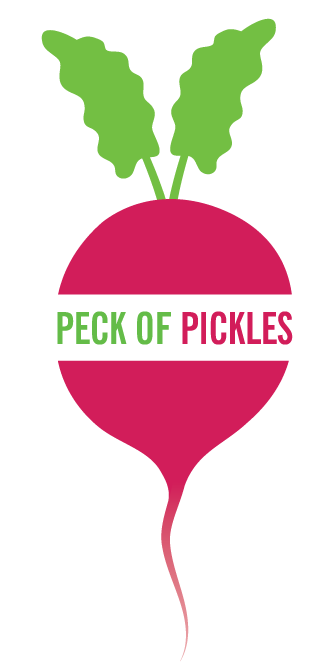
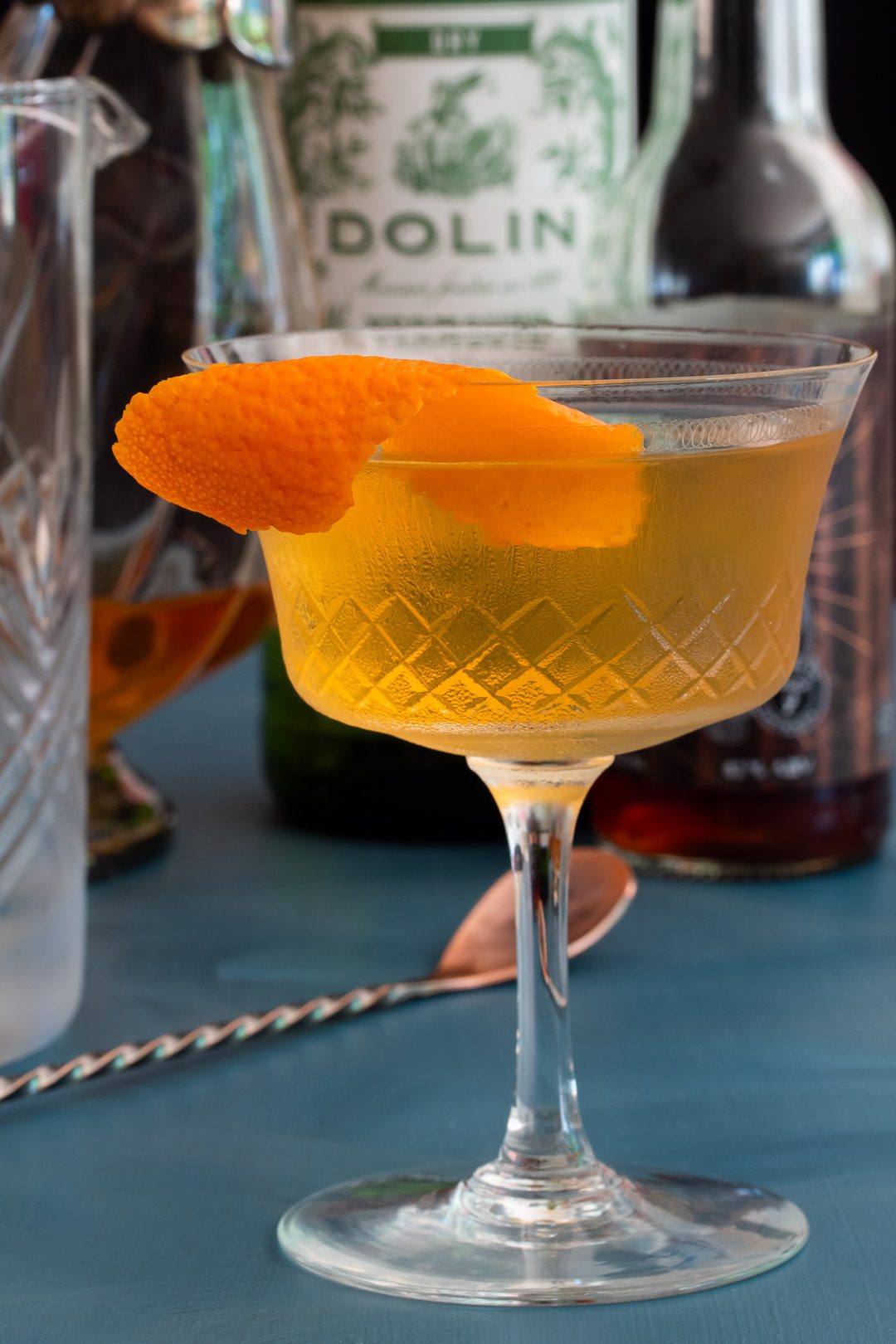
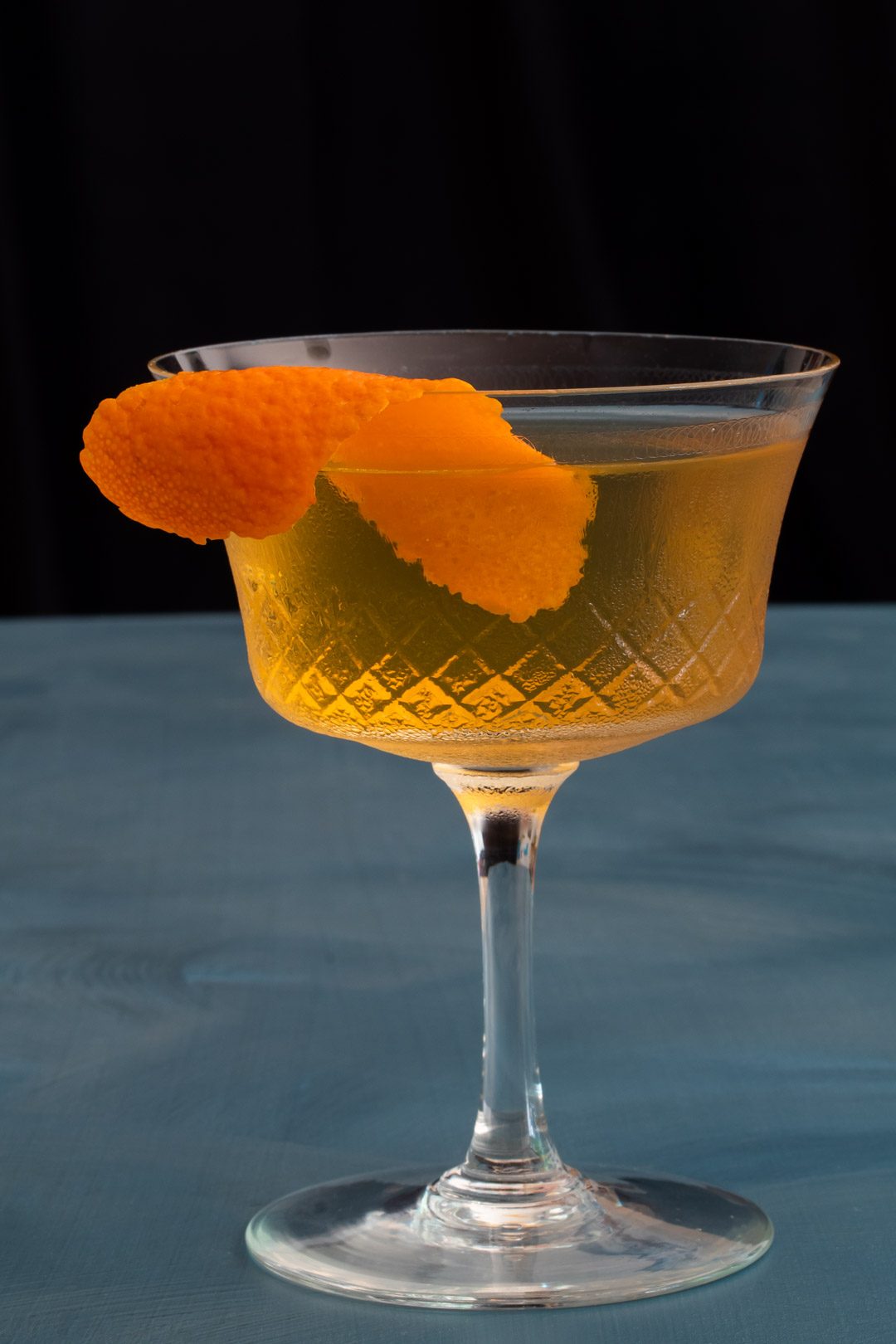
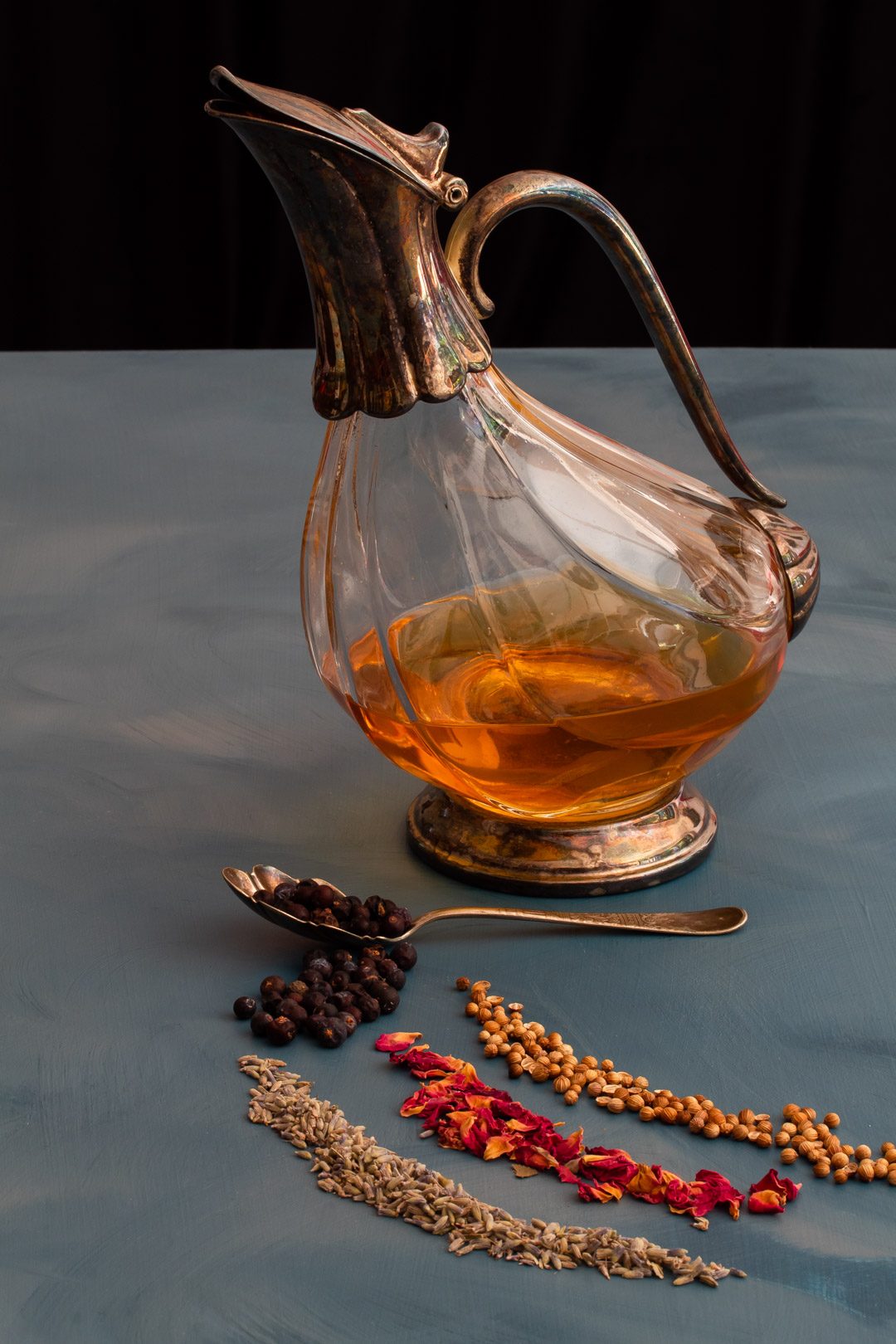
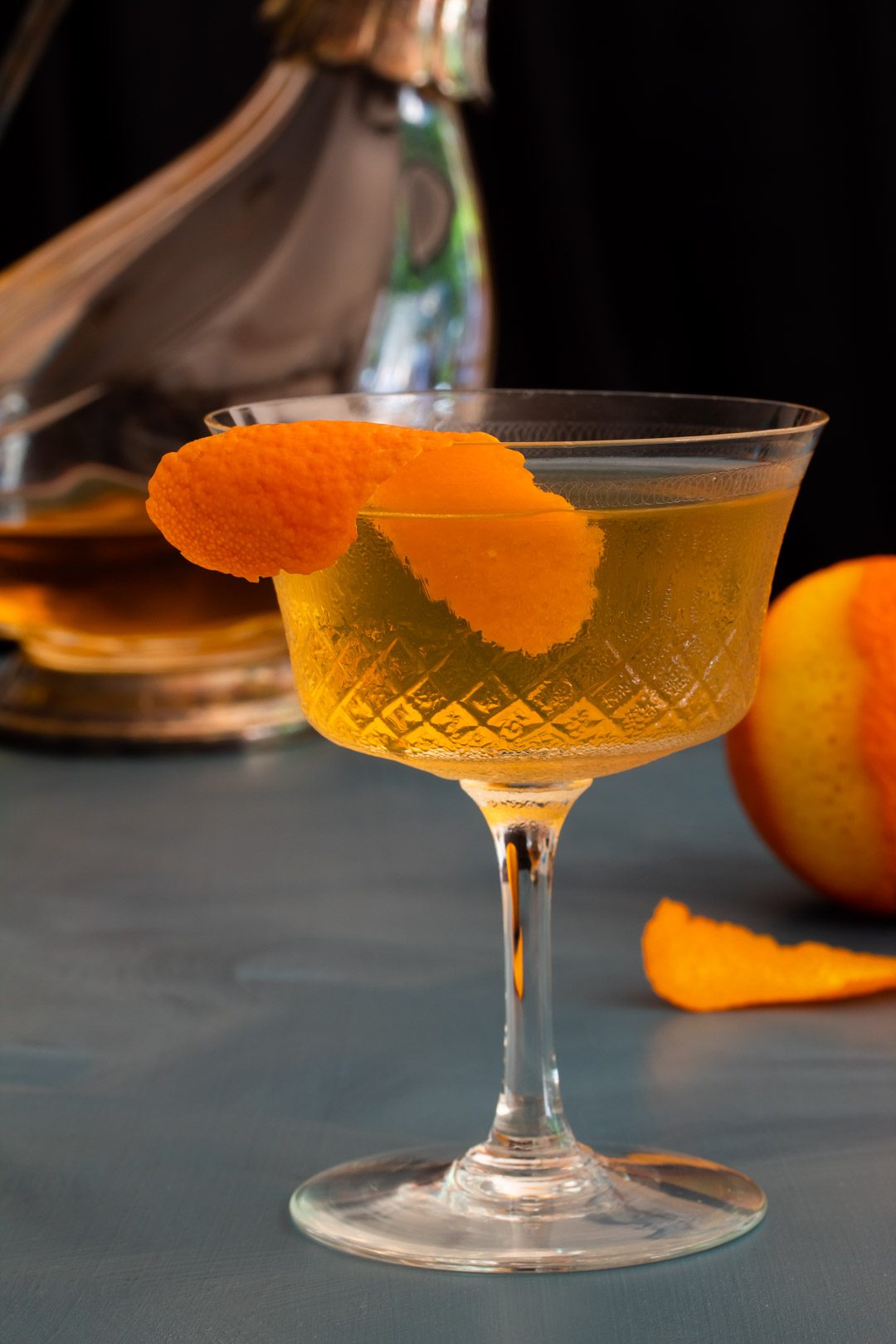
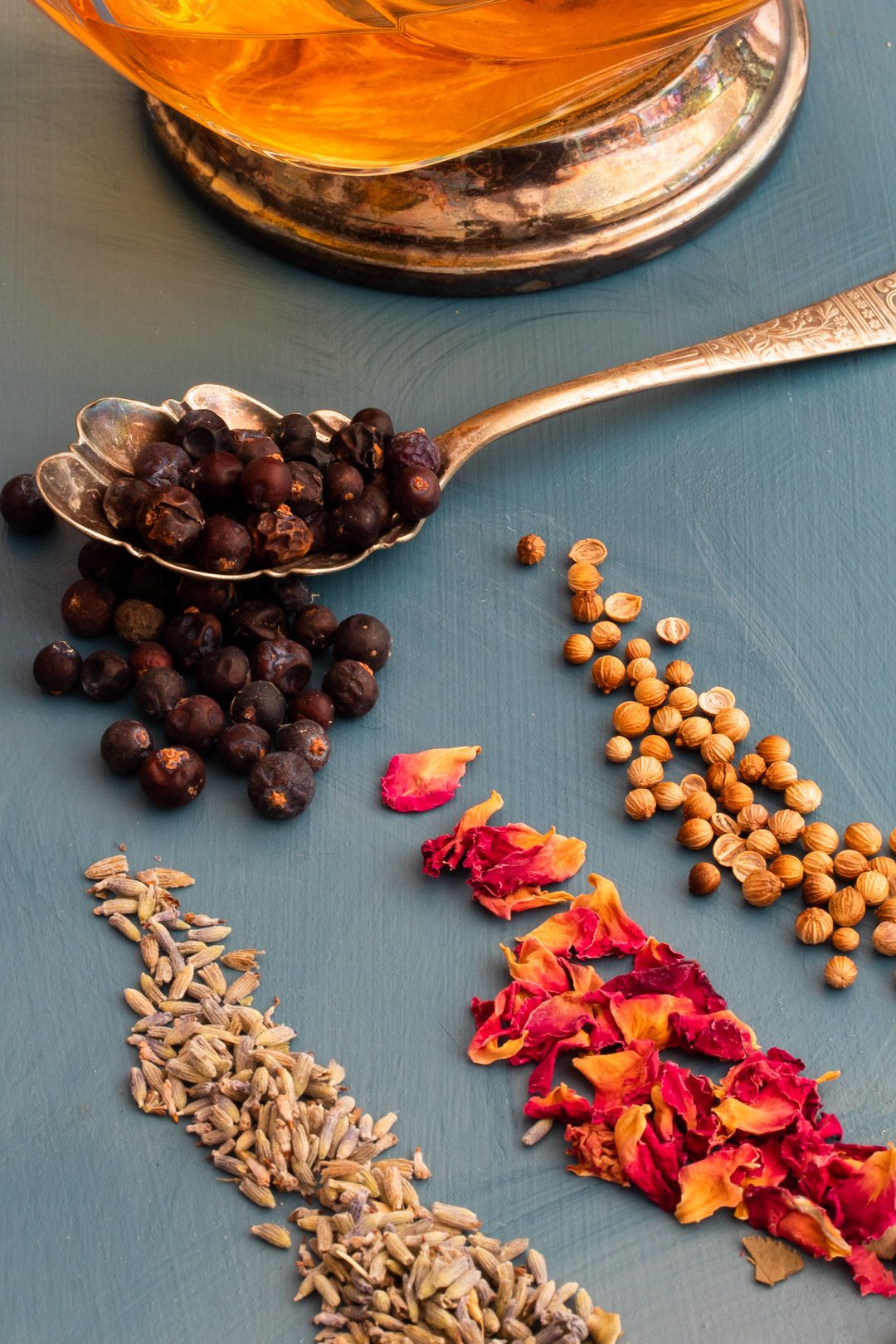
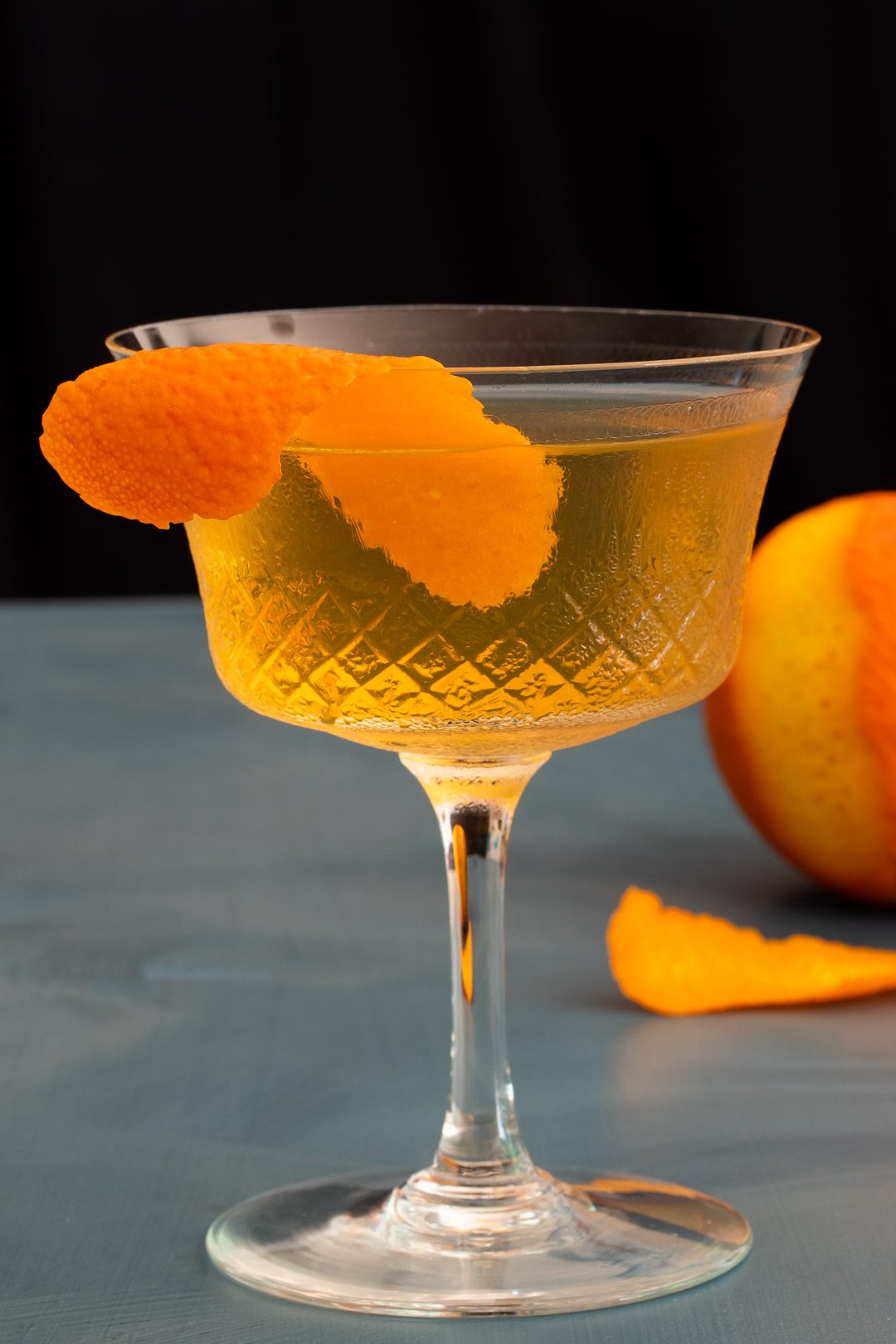
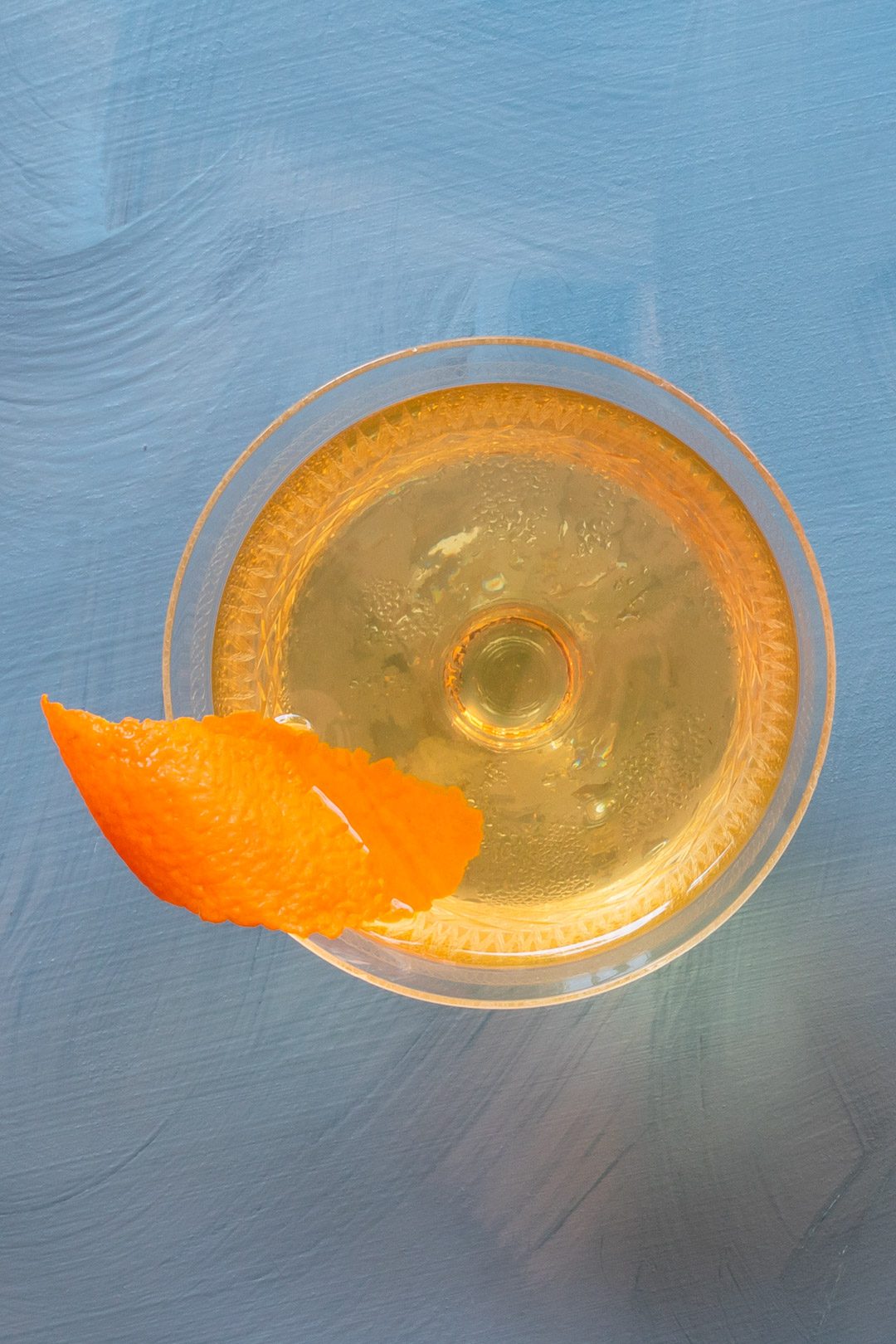
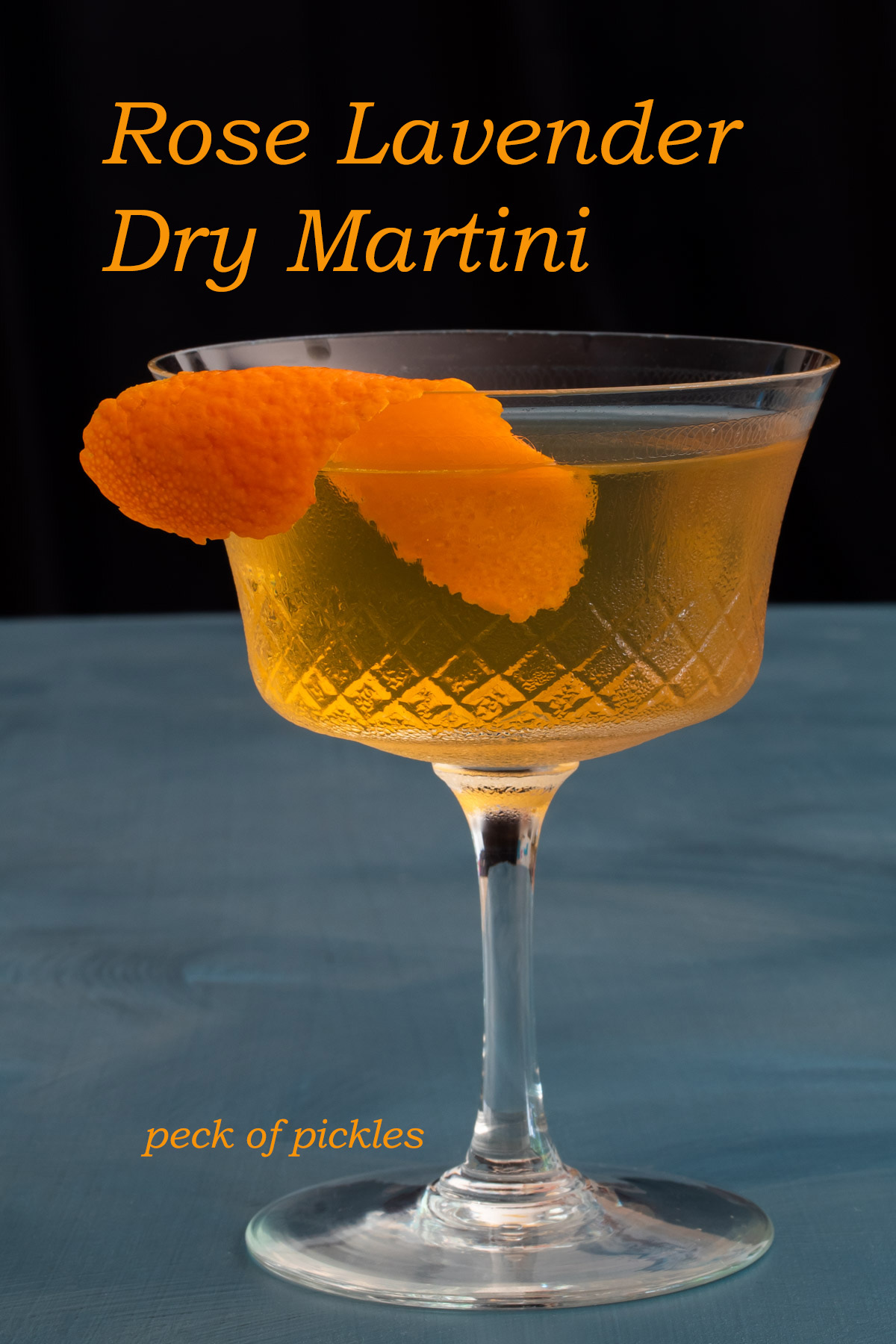
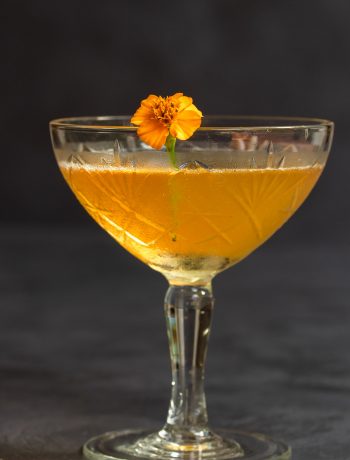
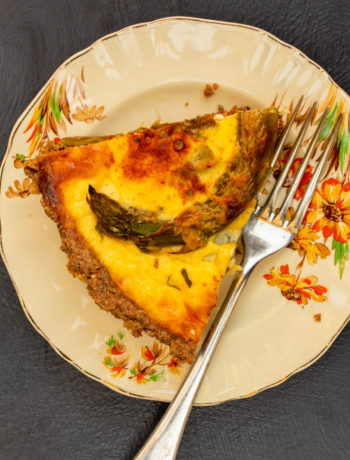
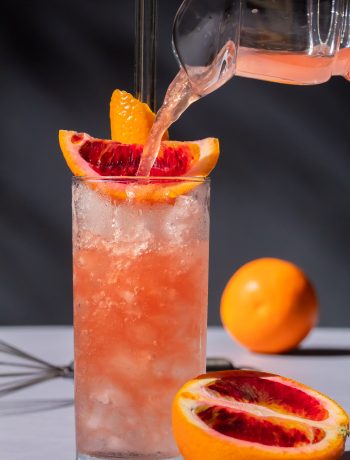
1 Comment
Fermented watermelon radish martini: Umami pickle cocktail | Peck of Pickles
November 22, 2020 at 6:27 am[…] a citrus twist. For more on the history and variations of the Dry Martini recipe see my post on rose lavender dry martini. David Wondrich (2015: 265-266) refers to Charles Mahoney’s recipe for a ‘Mahoney Cocktail’ […]